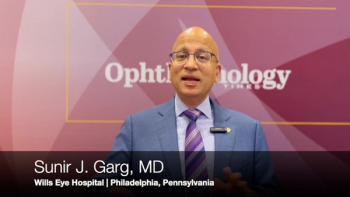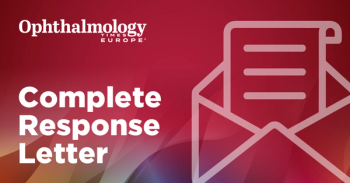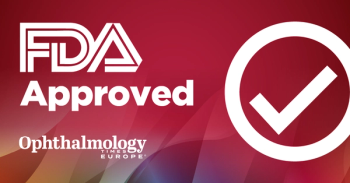
Using AI to estimate severity of Graves’ orbitopathy
Having this predictive ability is important because it is difficult to predict patients’ progression to a specific level of disease severity.
Factors identified in the initial finds of patients may predict the severity of Graves’ orbitopathy based on risk prediction scores that the investigators constructed,1 according to
Having this predictive ability is important because, as they explained, based on the initial ophthalmic findings, it is difficult but important to predict the patients’ progression to a specific level of disease severity.
In this study, the investigators constructed scores for moderate-to-severe and muscle-predominant types of Graves’ orbitopathy risk prediction based on the patients’ initial ophthalmic findings and the treatment they received at the time of the final evaluation retrospectively and constructed predictive scores that can comprehensively predict the moderate-to-severe type of Graves’ orbitopathy for Korean patients.
A total of 400 patients diagnosed with Graves’ orbitopathy at endocrinology and ophthalmology clinics were followed for at least 6 months.
Dr. Lee and colleagues constructed the scores for the moderate-to-severe type of Graves’ orbitopathy risk prediction (SMSGOP) and the scores for the muscle-predominant type of Graves’ orbitopathy risk prediction (SMGOP) using the machine learning-based automatic clinical score generation algorithm.
Using the 2 risk prediction methods, the investigators classified 55.3% of patients as having the mild type of disease and 44.8% as having the moderate-to-severe type. Among the latter patients with severe-to-moderate disease, 32.3% and 12.5% were classified as having the fat-predominant type and the muscle-predominant type, respectively.
The SMSGOP method included the patient age, central diplopia, thyroid-stimulating immunoglobulin, modified NOSPECS classification of ocular changes in Graves’ orbitopathy, clinical activity score, and the ratio of the inferior rectus muscle cross-sectional area to the total orbit at the initial examination. The SMGOP included the patient age, central diplopia, amount of eye deviation, the serum FT4 (free thyroxine) level, and the interval between diagnosis of Graves’ disease and Graves’ orbitopathy at the initial examination.
Scores of 46 using and higher the SMSGOP system and 49 and higher using the SMGOP method, had predictive value, they reported. This is the first study to analyse the initial findings that can predict the severity of Graves’ orbitopathy and to construct scores for risk prediction for Korean patients.
Based on their results, they concluded that SMSGOP and SMGOP are two models of artificial intelligence that can predict progression of Graves’ orbitopathy when doctors examine patients with Graves’ disease, based on the initial eye manifestations. The 2 systems can help explain the potential severity to patients and decide follow-up and management plans on a regular basis, they commented.
Reference
Lee S, Yu J, Kim Y, Kim M, Lew H. Application of an interpretable machine learning for estimating severity of Graves’ orbitopathy based on initial finding. J Clin Med. 2023;12:2640;
https://doi.org/10.3390/jcm12072640
Newsletter
Get the essential updates shaping the future of pharma manufacturing and compliance—subscribe today to Pharmaceutical Technology and never miss a breakthrough.















































